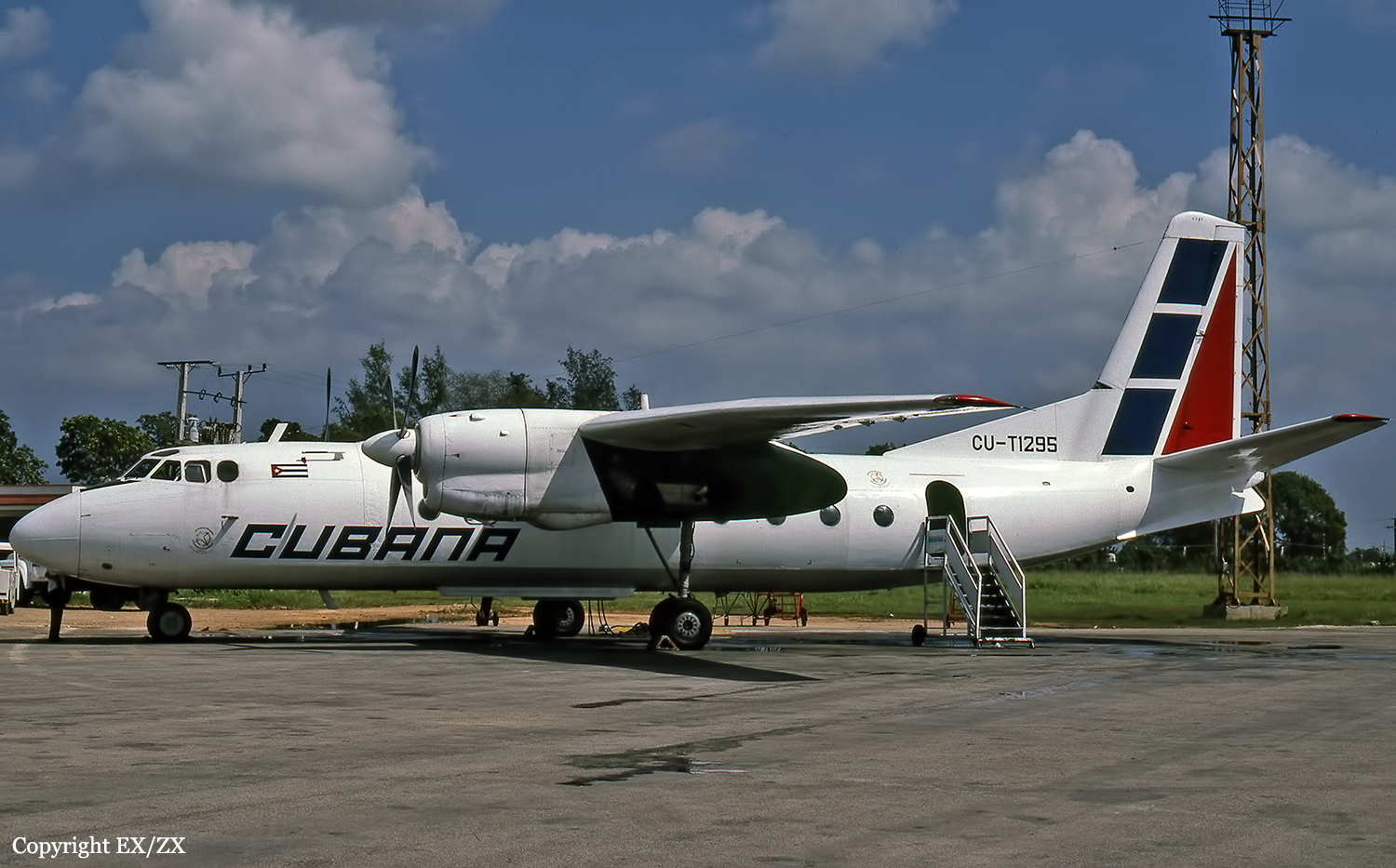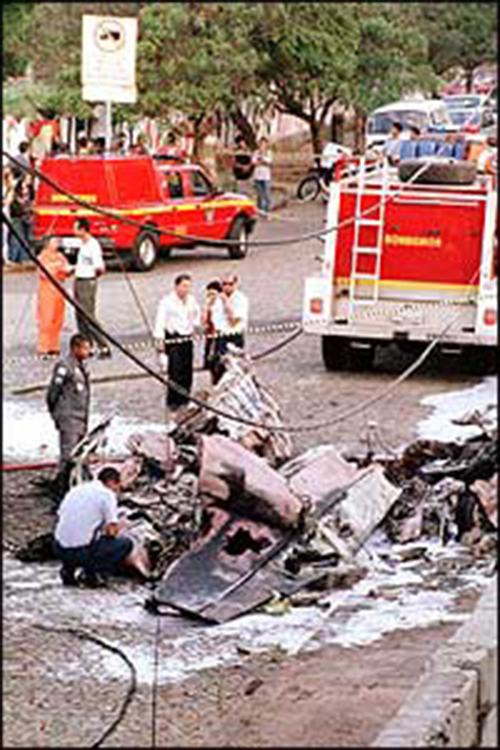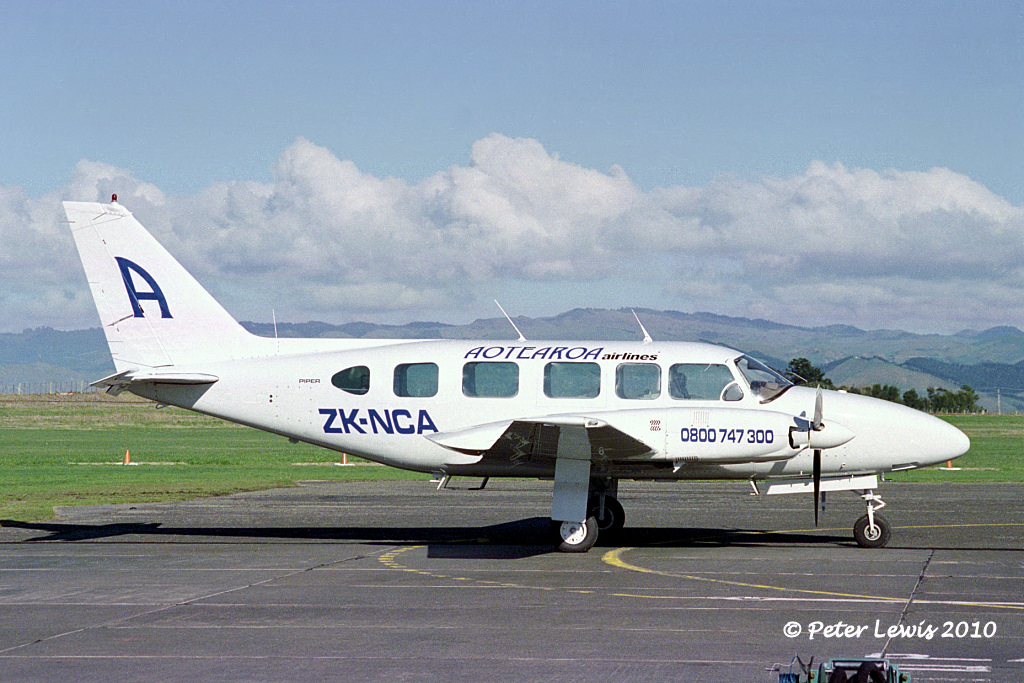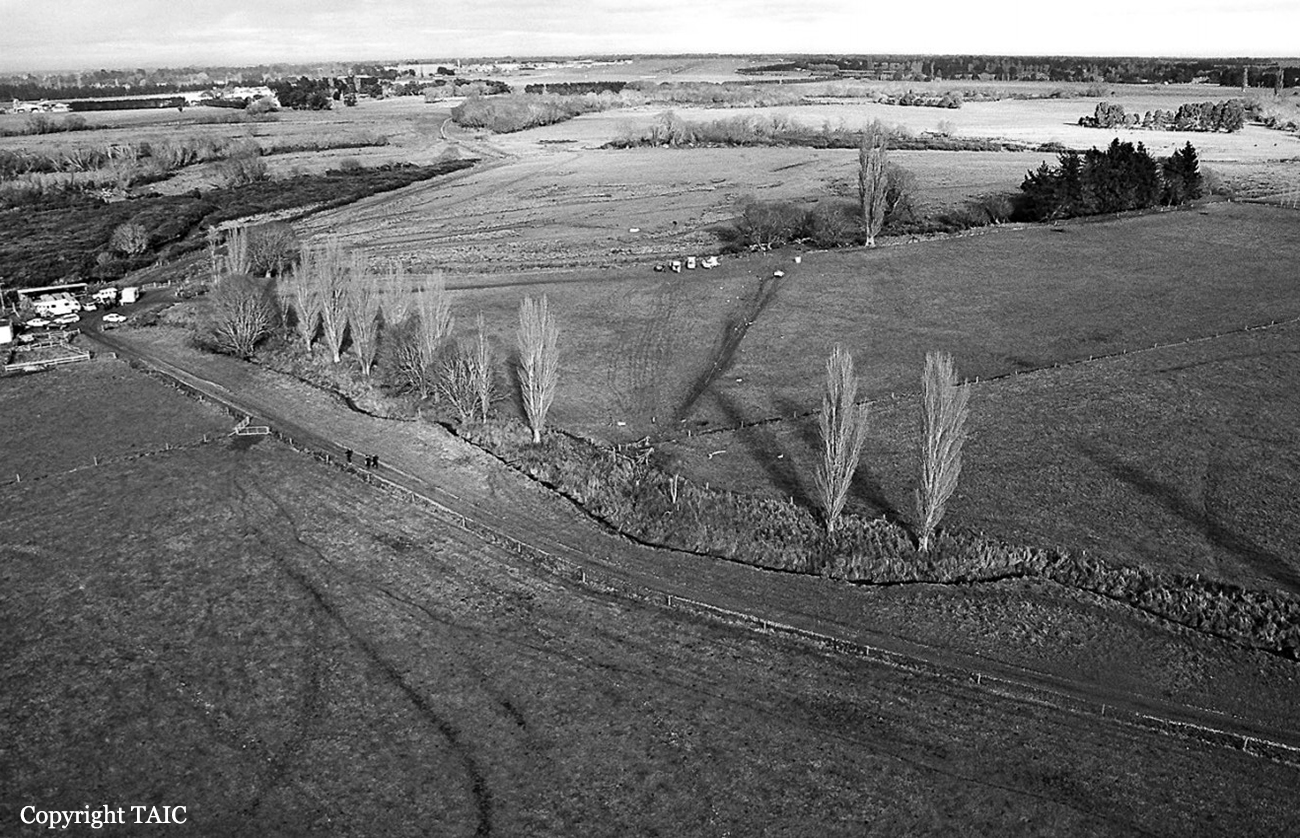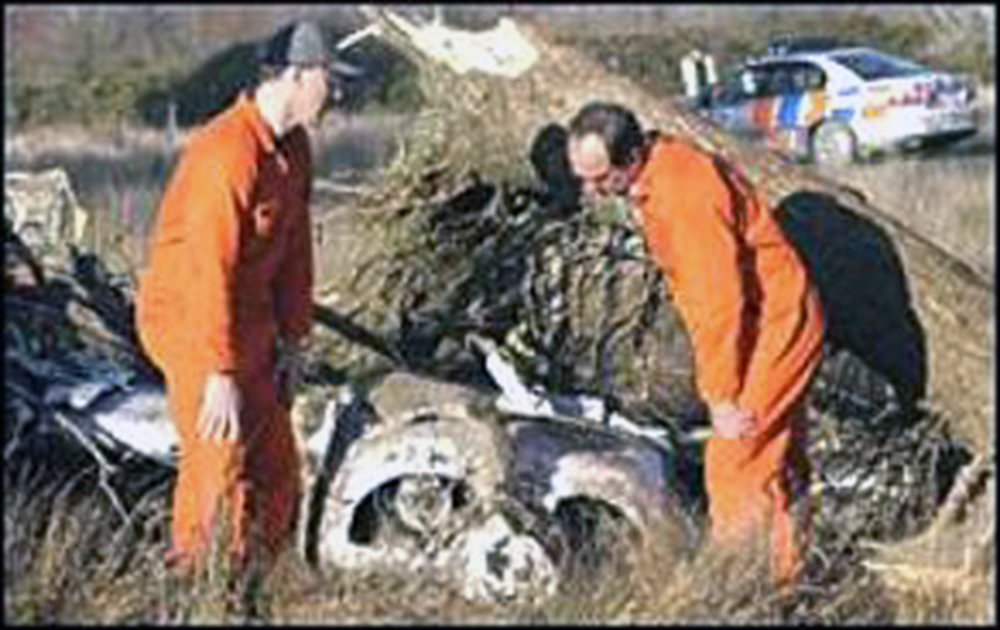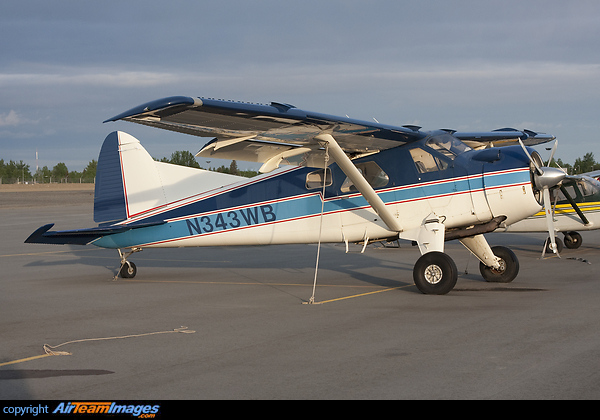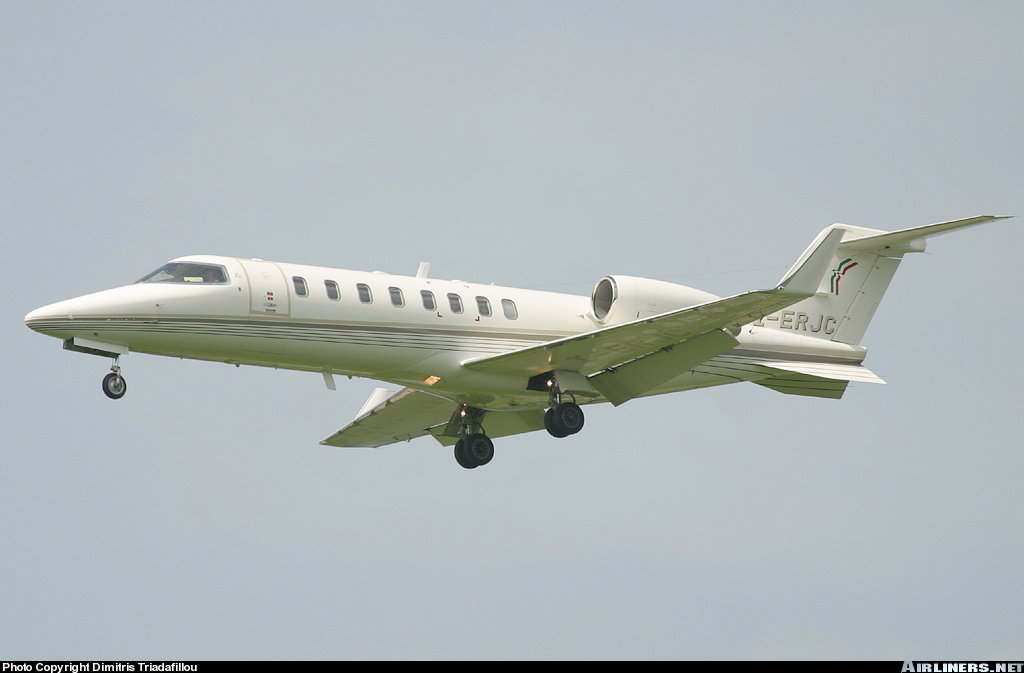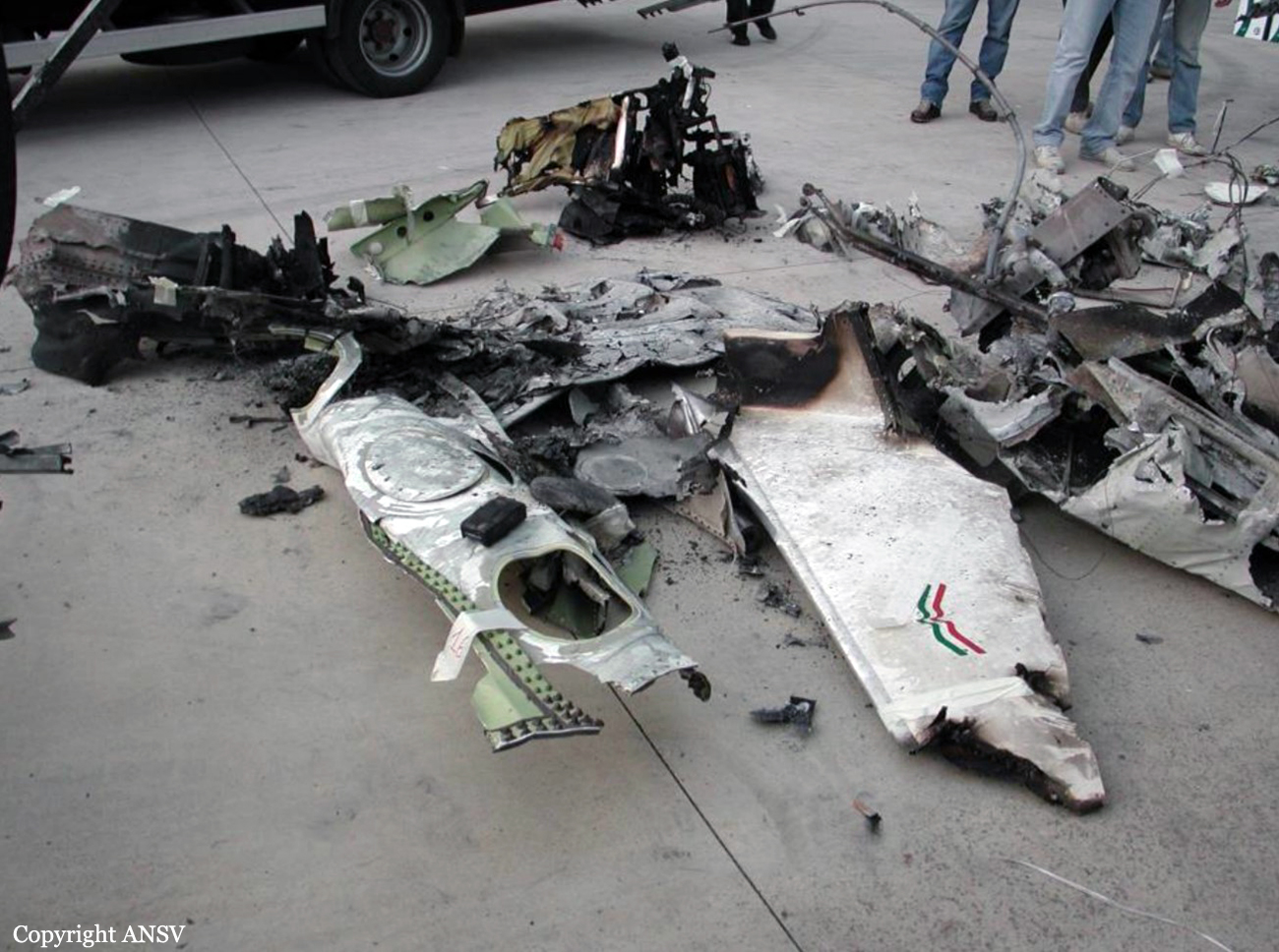Crash of a Cessna 402B in Little Whale Cay
Date & Time:
Jun 17, 2003 at 1330 LT
Registration:
N3748C
Survivors:
Yes
Schedule:
Chub Cay - Little Whale Cay
MSN:
402B-0606
YOM:
1974
Crew on board:
1
Crew fatalities:
Pax on board:
2
Pax fatalities:
Other fatalities:
Total fatalities:
0
Circumstances:
On June 17, 2003, about 1330 eastern daylight time, a Cessna 402B, N3748C, registered to Hamilton Development Company Ltd., operated by Execstar Aviation, Inc., collided with a seawall during the landing roll at a private airstrip located on Little Whale Cay, Bahamas. Visual meteorological conditions prevailed at the time and no flight plan was filed for the 14 CFR Part 135 non-scheduled, international, passenger/cargo flight. The airplane was substantially damaged and the commercial-rated pilot and two passengers were not injured. The flight originated about 10 minutes earlier from Chub Cay, Bahamas. The pilot stated that after takeoff the flight proceeded to the destination airport where he overflew the runway and set up for landing to the southeast on the 2,000 foot-long runway. While on final approach with the flaps fully extended, he maintained 95 knots which was just below blue line, then slowed to 88 knots when the runway was assured. He landed within the first 1/3 on the wet runway and reported inadequate braking and the airplane was possibly hydroplaning. Recognizing that he was unable to clear an approximately 4-foot-tall seawall near the end of the runway, he applied aft elevator control input. He further stated he believes the main landing gear contacted the seawall causing them to structurally separate. The airplane descended and impacted the water where he and the passengers exited the airplane using the emergency window and walked to the beach.



